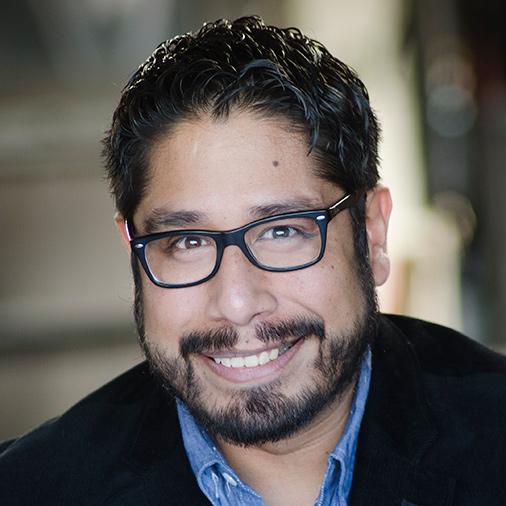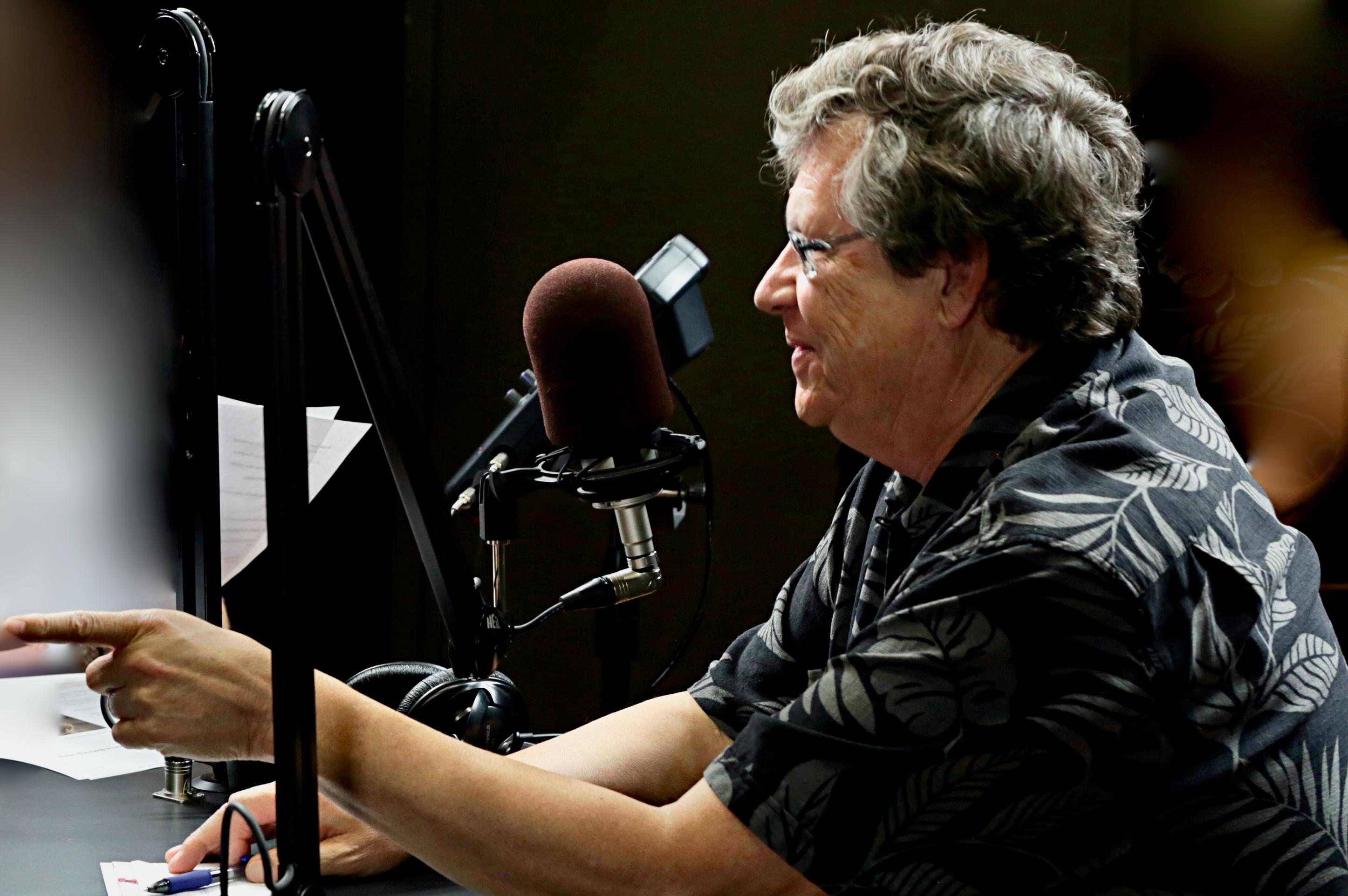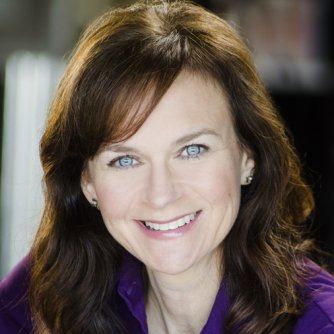
Editor's Note: This story originally aired November 16, 2015.
The first question rock climber Alex Honnold usually gets is, "Aren't you afraid you're going to die?" That's because he often pushes himself to such extremes that even his fellow climbers, who are some of the best in the world, worry about his safety. He holds numerous records for "free soloing" -- climbing without a rope, a partner or a safety net on several-thousand-foot tall rock walls.
But as Honnold writes in a new memoir, he's bored with that question.
"I'm every bit as capable of feeling fear as the next person. Danger scares me. But as I've told countless folks who ask, if I have a certain gift, it's the ability to keep myself together in places that allow no room for error," he writes in "Alone on the Wall," co-authored with David Roberts.
Honnold spoke with Colorado Matters host Ryan Warner about fear, what motivates him, and his philanthropy.
Read an excerpt:
Excerpted from Alone on the Wall by Alex Honnold and David Roberts. Copyright © 2016 by Alex Honnold and David Roberts. With permission of the publisher, W. W. Norton & Company, Inc. All rights reserved. At the end of March 2008, Alex Honnold was little known beyond the small circle of his friends. Seven years later, at the age of thirty, he is probably the most famous climber in the world. That’s not to claim that he’s the best climber in the world—in fact, there’s no such thing as the “best climber,” because the sport has subdivided into so many genres, from Himalayan mountaineering to bouldering in indoor gyms. The reason for Honnold’s meteoric celebrity is that he’s pushed the most extreme and dangerous form of climbing far beyond the limits of what anyone thought was possible. Free soloing means climbing without a rope, a partner, or any “hardware” (pitons, nuts, or cams) to attach oneself to the wall. In its stark simplicity, that pursuit can be understood by the most casual observer. The stakes are ultimate: If you fall, you die. What Alex has done is to free solo routes both longer and of much greater difficulty than anyone before him has thought possible. So far, he’s gotten away with it, though some of his closest friends are afraid that he’s going to kill himself. Free soloing is far more than a stunt. It amounts to reducing climbing to its most elemental challenge: a man (or woman), with only rock shoes on his feet and chalk on his fingertips for better purchase, against the cliff. It’s climbing at its absolute purest. This is not the only kind of climbing Alex does, however. His speed “linkups”—enchainments of two or three big wall climbs back-to-back against the stopwatch, with only a minimal reliance on ropes or protection—have rewritten the book in Yosemite. And since 2013, Alex has expanded his horizons to mountaineering, where he’s already doing things no one else has managed to pull off. Alex Honnold, in short, is a climbing visionary, of the sort who comes along maybe once in a generation. He’s also smart, funny, a man with surprisingly little ego, and a person who wants to make the world a better place for people less privileged or talented than he is. Nearly everyone who knows or even just watches Alex likes him, because, as Jon Krakauer says, “He’s utterly genuine. There’s no bullshit there.” Again and again, whenever he speaks in public, Alex is asked the same two questions by everyone from little kids to graybeards. Indeed, they are the fundamental questions about what he’s doing on rock. They are:
In a sense, those questions are unanswerable. They lie in the realm of George Leigh Mallory’s throwaway response in 1923 to the umpteenth journalist who asked him why he wanted to climb Everest: “Because it is there.” (Though intended as an irritable jab by a man fed up with the question, Mallory’s quip has become the most famous quotation in mountaineering history.) Alex has come up with his own quips to answer the inevitable questions. About falling to his death: “It’ll be the worst four seconds of my life.” And: “I’m sure half the people will say, ‘At least he died doing what he loved best.’ And the other half will say, ‘What a fucking douche!’” Alex is unmistakably a driven, competitive fellow. Yet his modesty, born of an innate shyness, takes the form of radical understatement of his accomplishments, verging (like the quips above) on self-deprecation. His nickname among his closest climbing buddies is Alex “No Big Deal” Honnold. In the last forty years, only a handful of climbers have pushed free soloing to the razor edge of risk. Half of them are dead. Some of those soloists have survived their decades of dancing above the abyss: they include not only Peter Croft but also Henry Barber, who crisscrossed the globe in the 1970s, blowing the minds of locals at crags from Wales to Australia by flashing their hardest routes. Others died when a single mistake caught up to them. Among their number was Derek Hersey, a Brit transplanted to the States, who fell to his death in 1993 on the Steck-Salathé route in Yosemite, possibly because a rainstorm slickened the holds. Dan Osman, Charlie Fowler, and Michael Reardon also died in accidents related to their pursuit of extreme exploits on cliffs and mountains. But the demise that most shocked the climbing world was that of John Bachar, with Peter Croft one of the two outstanding soloists of the 1980s and ’90s. After thirty-five years of climbing route after route without a rope, Bachar fell off a short climb he had done many times before, on a route near his home in Mammoth Lakes, California, in July 2009. Alex points out that none of this group of elite climbers died while pushing their limits at free soloing. Hersey and Bachar fell off routes that would normally have been well within their capacities. (There was speculation that a spinal problem that caused his left arm and shoulder suddenly to weaken, the result of a recent car accident, might have caused Bachar’s fatal fall.) Reardon was swept to his death by a rogue wave after he had soloed down to the base of a sea cliff in Ireland. Fowler died in an avalanche as he attempted an unclimbed mountain in western China. Osman met his end while pushing to new extremes a sport he had virtually invented—rope jumping, or deliberately leaping off a cliff to be caught by the rope or ropes he was tied into. Having set a record jump of more than a thousand feet, Osman died when his rope broke on a plunge off Leaning Tower in Yosemite. Still, all five of those extreme free soloists were out there on the cutting edge of adventure when they perished. Osman in effect discovered the boundaries of rope jumping by paying for the experiment with his life. Though still alive and well at sixty-two, Henry Barber came perilously close to falling to his death in the early 1980s as he was filmed free soloing a British sea-cliff route for an American TV show. Distracted by a nearby cameraman’s sudden movement, Barber lost his balance. As he later described that moment, It caught me the wrong way. . . . I was doing some stemming moves, pushing with both hands against the sides of the groove. I pushed just a little too hard and my left shoulder bumped the wall, so that I started to fall. Adrenaline shot from my toes right up to my head. . . . I was off and headed down. But the balance and flow of all the movement that had gone on until that point carried me through, keeping me on the rock and still moving. With his sharp intelligence, Alex inclines toward a hyperrational take on life. He actually insists, “I don’t like risk. I don’t like passing over double yellow. I don’t like rolling the dice.” He distinguishes between consequences and risk. Obviously, the consequences of a fall while free soloing are ultimate ones. But that doesn’t mean, he argues, that he’s taking ultimate risks. As he puts it, “I always call risk the likelihood of actually falling off. The consequence is what will happen if you do. So I try to keep my soloing low-risk—as in, I’m not likely to fall off, even though there’d be really high consequences if I did.” Just as rational, on the other hand, are some of the arguments made by close friends of Alex who worry about the chances he’s taking. Seven years Alex’s senior, Tommy Caldwell has been his partner on marathon linkups and mountaineering expeditions. One of the best rock climbers in the world, as well as one of the role models Alex most admires, Caldwell said in 2011, “I’ve never tried to free solo anything really grand. I’ve fallen completely unexpectedly lots of times—maybe a dozen—on relatively easy terrain, when a hold broke off or the rubber peeled off the sole of my shoe, or something. If I’d been soloing, I’d have died. “I really like Alex. I don’t want him to die.” |









